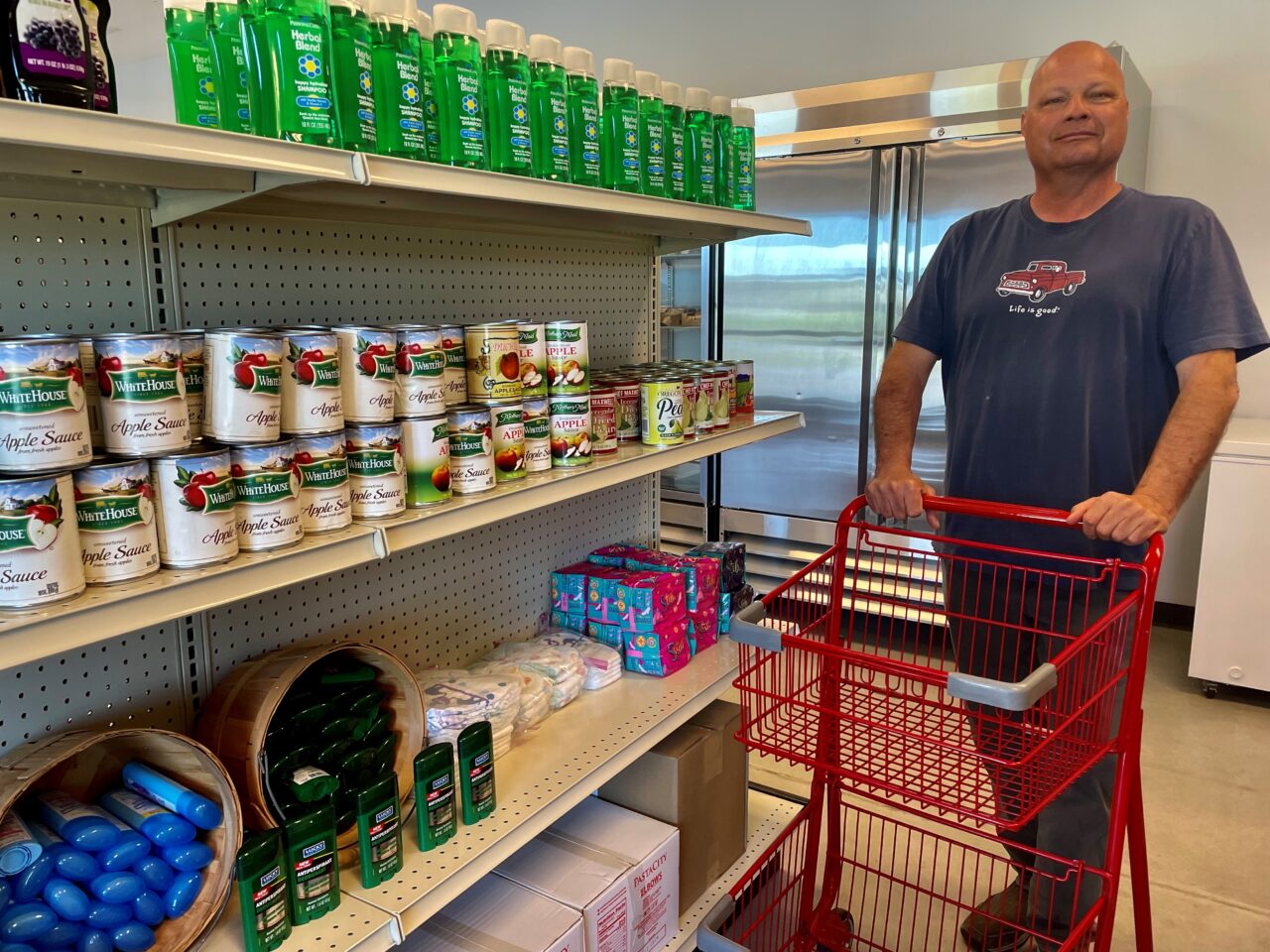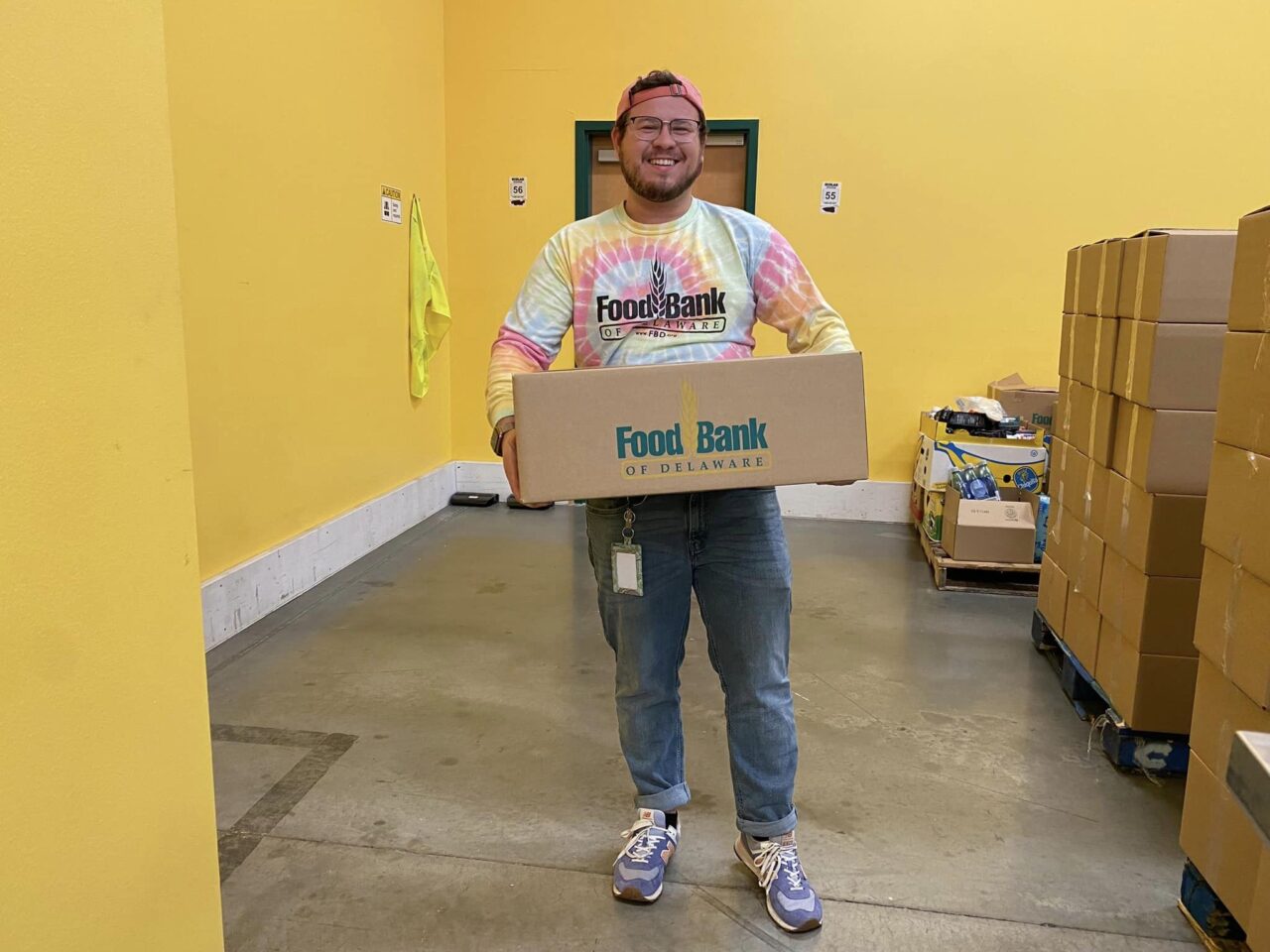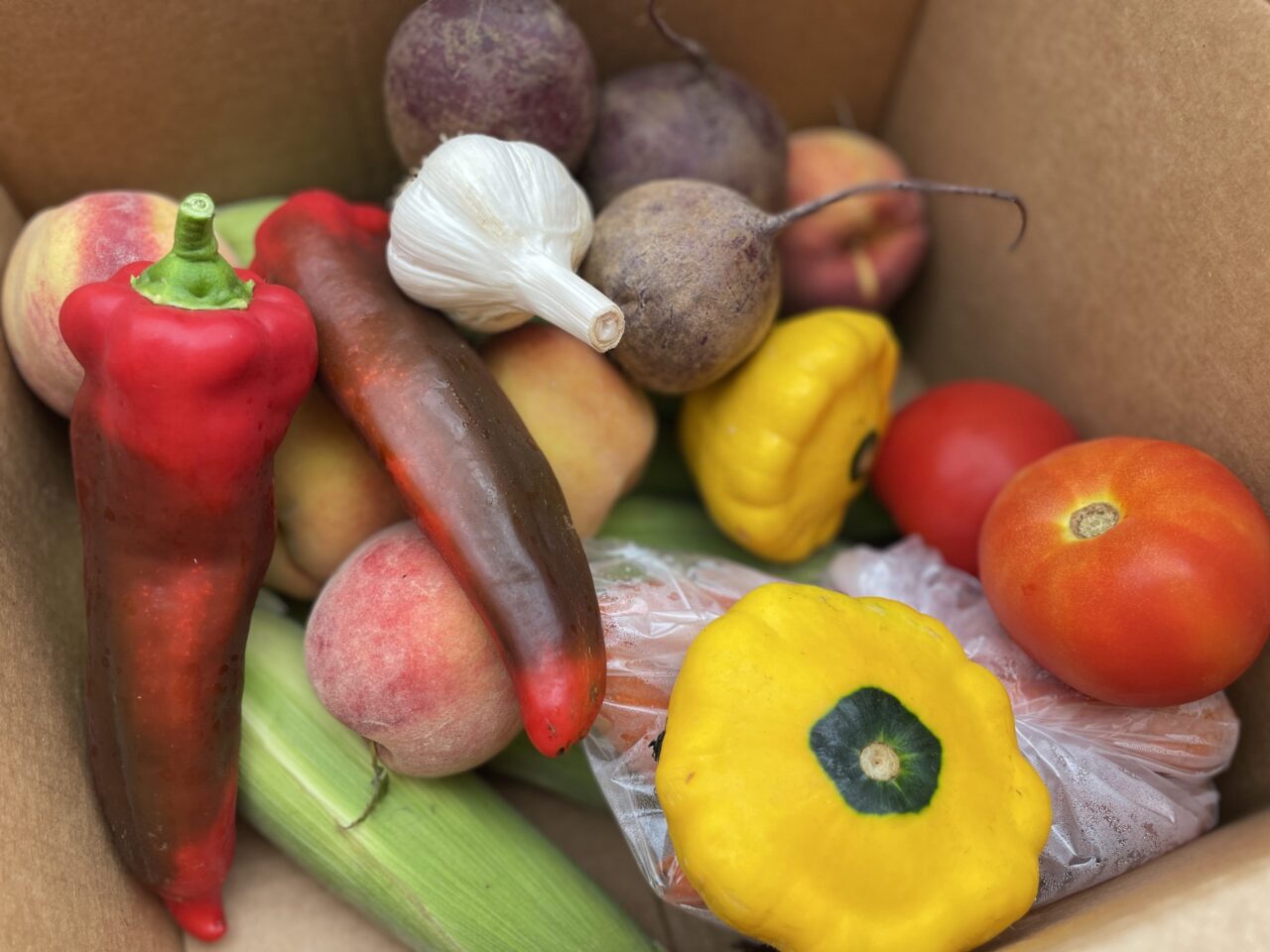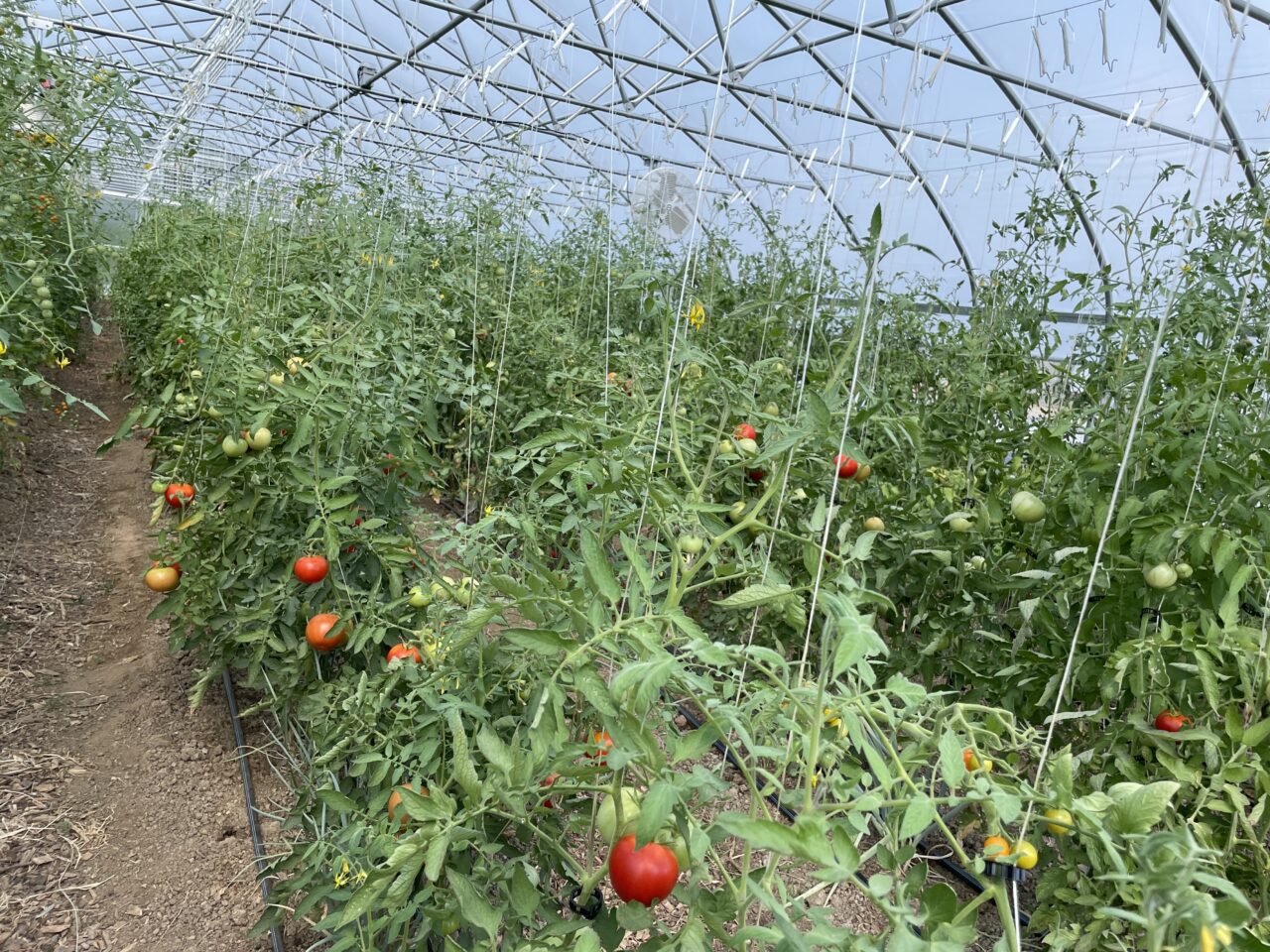Feeding America Study Projects Delaware Food Insecurity Rates Amid Pandemic Could Reach Up To 171,930 Delawareans
June 17, 2020
The novel coronavirus (COVID-19) pandemic will have a have a devastating impact on people facing hunger across the country and in Delaware according to a new study by Feeding America, the nation’s largest hunger-relief organization. This study is the first of its kind to explore how food insecurity rates at the local level may increase in 2020 due to COVID-19.
The Impact of the Coronavirus on Local Food Insecurity analyzes food insecurity rates for the overall population and children by state, county and congressional district. Pre-pandemic, here in Delaware–121,850 people, including 38,680 children, did not have adequate access to nutritious food to live a healthy life. However, this new study demonstrates that this number is likely to grow by 50,080, including 18,590 children. That means approximately 171,930 people may experience food insecurity in 2020, including 57,270 children.
This new analysis was conducted by building upon the approach Feeding America used in two earlier briefs to predict changes to national food insecurity rates for the overall population and children in response to changes to poverty and unemployment. The annual projected unemployment rate (11.5%) is within close range of expert estimates when annualized, including those from a monthly Wall Street Journal survey of more than 60 economists as of May (11.6%), the Congressional Budget Office (11.4%), and Goldman Sachs Global Investment Research (10.3%), and represents an increase of 7.6 percentage points. To account for local unemployment variation, this new analysis adjusts the projected national unemployment increase for likely job loss due to COVID-19 based on an analysis of projected changes in the unemployment rate by industry and occupation by Goldman Sachs Investment Research. The projected local unemployment change for Delaware is 7.5 percent.
The underlying analysis for the food insecurity projections was conducted by Dr. Craig Gundersen using the model developed for Map the Meal Gap, Feeding America’s annual study of local food insecurity and food cost in the United States.
To help meet increased demands for food assistance in Delaware, the Food Bank of Delaware has hosted mass drive-thru distributions in all three Delaware counties, held pop-up mobile pantries directly in neighborhoods, increased efforts to distribute more food through Food Bank of Delaware partners and more. Since the COVID-19 crisis hit Delaware in mid-March, 5.1 million pounds of food have been distributed to families in need – double the amount of food distributed from March-June 2019.









